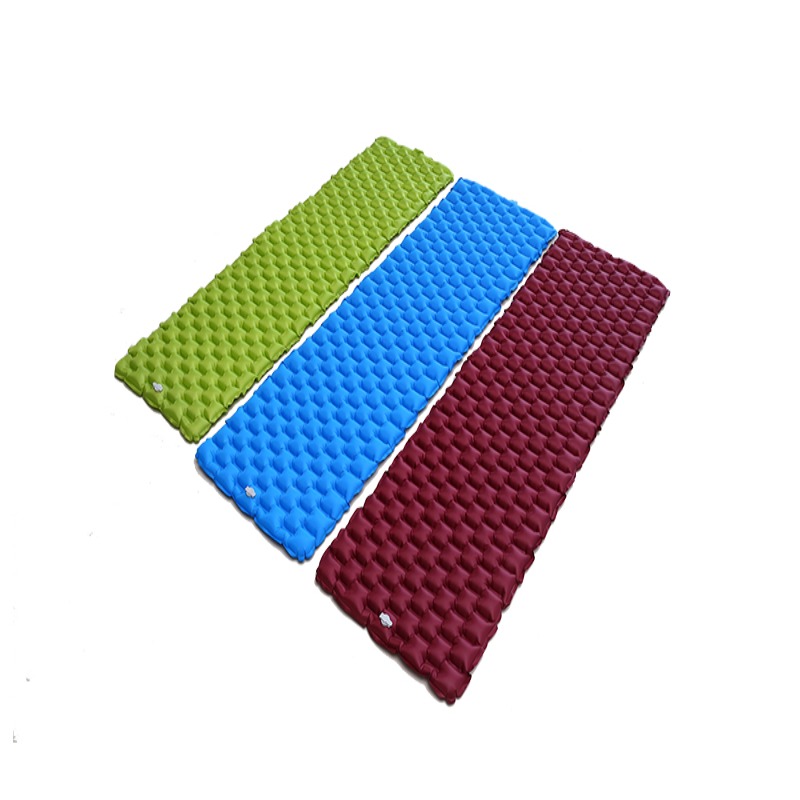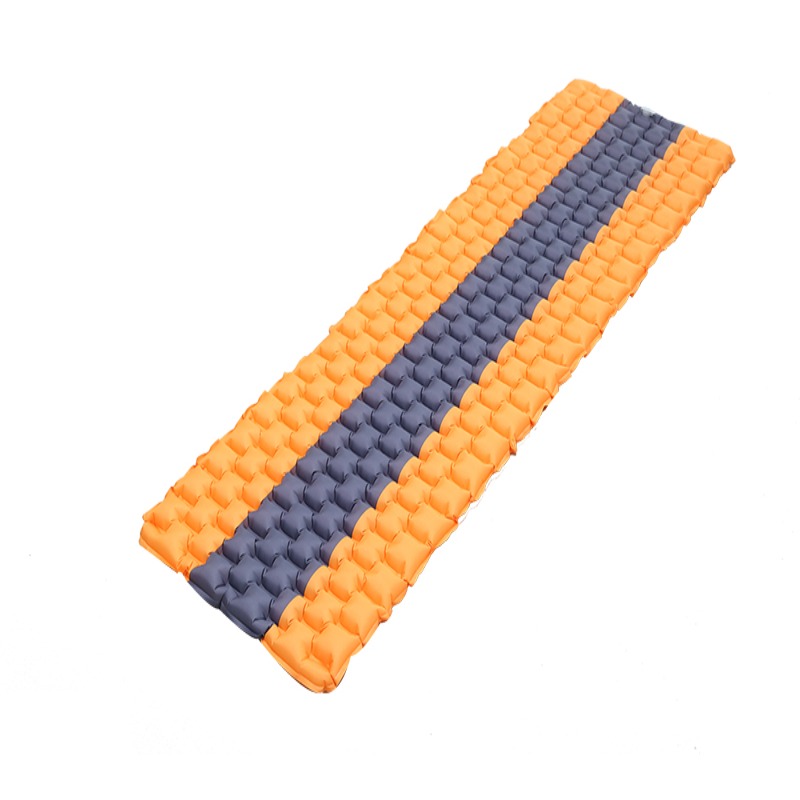1. Air mattress leakage is a natural phenomenon. Before you decide to strip the mattress cover and look for leaks, know that no mattress can trap air forever. Whether or not the mattress is leaking, you will have to re-inflate the mattress.
2. Test the mattress for air leakage after it is fully inflated. If the mattress leaks after several uses, it means there are holes in the surface of the mattress. When sitting on an inflated mattress, the mattress will sag due to the weight of the person, but the sag should be within 2.5 to 5cm.
If you're still not sure if your mattress is leaking, place heavy objects, such as a few textbooks, on top of the inflated mattress. Let it sit overnight, and if the mattress is visibly deflated the next morning, there are air leaks in the mattress.
3. Check the inflation valve. Place your hand in front of the inflation valve and feel for air to escape. The inflation valve is usually located next to the air pump and looks like a plug that deflates quickly when removed. Unfortunately, once the inflation valve is broken, it is very difficult to fix it at home.
4. To find the leak, stand the mattress up in a quiet, spacious room. Most of the time, the air leak is located at the bottom of the mattress because people accidentally leave things under the mattress. Always inflate and stand up the mattress before checking the bottom of the mattress. Only if there is enough space, you can easily flip and move the mattress to look for air leaks.
5. Put your head close to the mattress, and keep the distance between your ears and the mattress between 5 and 8cm. Listen for a "hissing" sound. Slowly move the ear across the entire mattress surface, keeping close enough to catch the sound of the leak. When you hear a high-pitched "hissing" sound, or something similar to "sssss", congratulations, you've found the leak!
6. Keep feeling the leaked gas with the back of your wet hand until you find the leak. The air leaking from the inside of the mattress will quickly evaporate the water on the back of your hand, leaving you feeling cool on the back of your hand. Run the back of your wet hand along the surface of the mattress, looking for small air leaks. The distance between the back of the hand and the surface of the mattress should be 5 to 8 cm.
7. If you still can't find the leak, try the bubble water test. While some manufacturers claim this method can cause mold in mattresses, it's still one of the best ways to find air leaks. The principle of this method is like a child blowing bubbles-when the surface of the mattress is covered with a thin layer of bubble water, the mattress will blow bubbles through the air leak, thereby exposing the location of the air leak.

 简体中文
简体中文 English
English 日本語
日本語 Español
Español Deutsch
Deutsch











